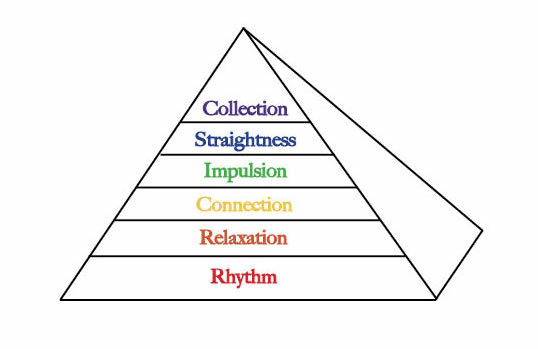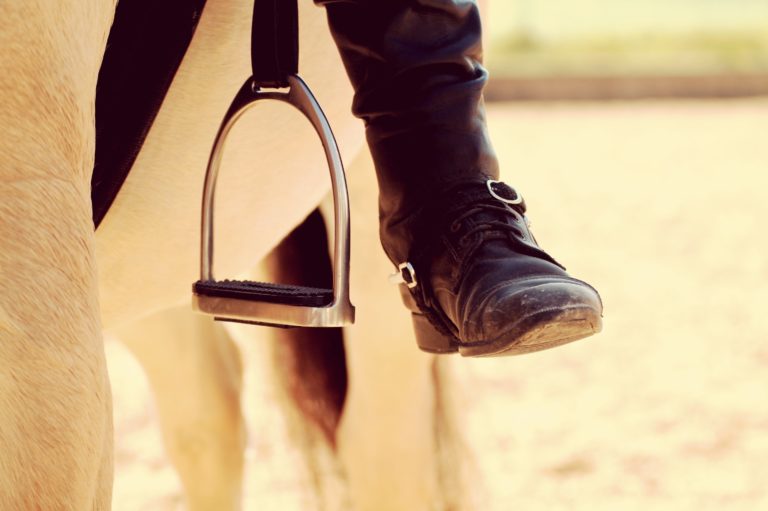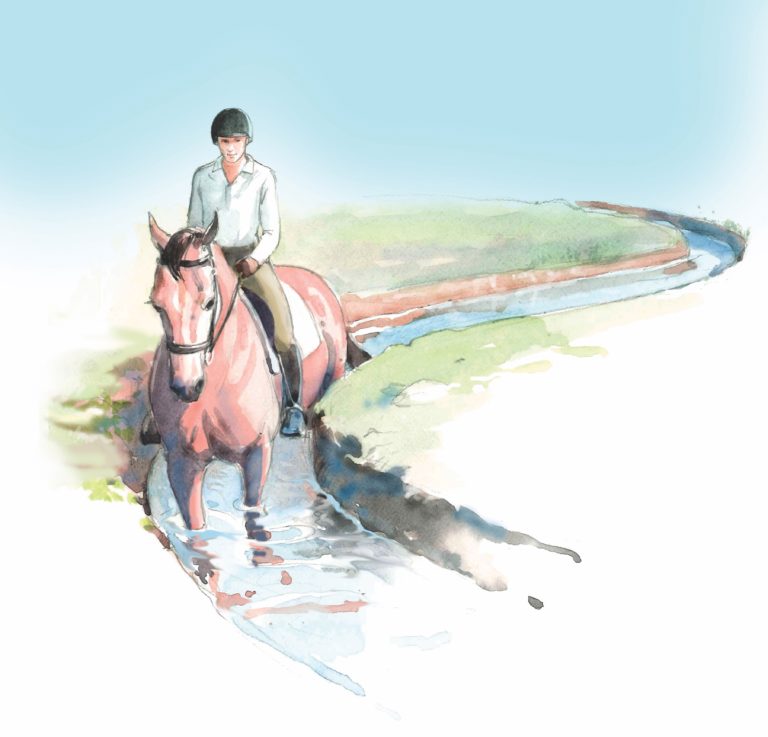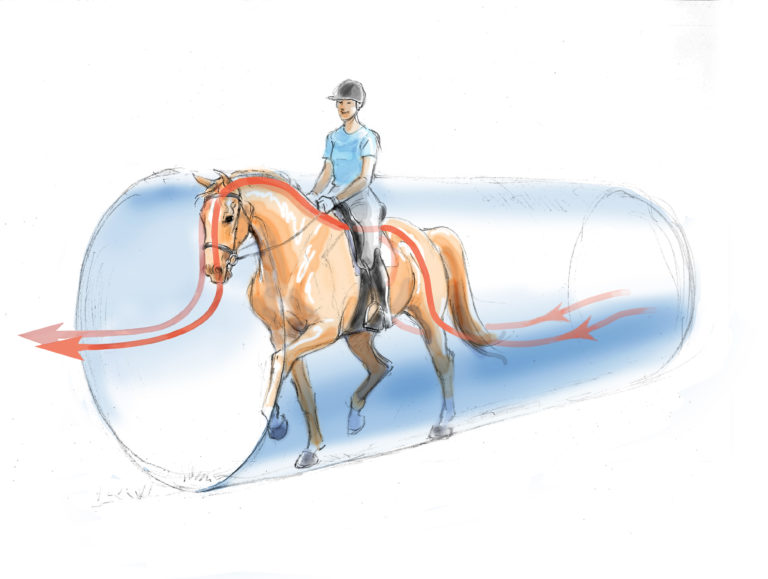Q: I often read about the German training scale and the U.S. Dressage Federation (USDF) pyramid of training. But what is the history of the training scale and why is it structured as it is?
A: The training scale developed from the manual for the German cavalry, “Heeresdienstvorschrift H.Dv. 1912,1937,” whereas the term “Skala der Ausbildung” (literally translated “Training Scale”) only started being used in the 1950s. The H.Dv.12/37 named the goals and principles for the training of a horse. It provided a detailed training plan as guiding rules for the training of a military horse.

The H.Dv. defined the training steps as follows:
• accustoming the horse to the rider’s weight
• rhythm, relaxation
• development of thrust and development of the gaits, contact
• straightness
• throughness, keeping the horse on the bit and in a frame
• development of carrying power, collection
• origination of elevation
• working frame (standard rule)
• dressage frame (may be asked only for a brief time).
The forerunner of today’s training scale is found in Siegfried von Haugk’s book, The Training of the Recruit in Horseback Riding (1940). Haugk defines, in the appendix for instructors, the training goals in the same order as we know them in today’s training scale:
• Takt (Rhythm)
• Losgelassenheit (Relaxation)
• Anlehnung (Contact)
• Schwung (Impulsion)
• Geraderichten (Straightness)
• Versammlung (Collection).
In the training process of the horse, six elements are divided into three overlapping training phases:
Phase 1: Rhythm, relaxation and contact form the accustoming phase. In this part of the training, the horse is supposed to get accustomed to the rider and his aids. This phase is used for the warm-up in the daily work.
Phase 2: Relaxation, contact, impulsion and straightness serve in the development of driving power (thrust) of the hind legs. In this phase, the horse is supposed to work more from behind and step diligently forward to the bit. This phase focuses on versatile gymnastic work to get a flexible and athletic horse.
Phase 3: Impulsion, straightness and collection aim to develop the carrying power of the hind legs. The horse is supposed to bear more weight over his hindquarters, which is mandatory for true collection and relative elevation. Both are necessary to reach higher goals in dressage training. Some older books mention elevation as a seventh element of the training scale. Since relative elevation (the head carriage and elevation of the withers are directly related to the degree of collection) is a direct consequence of correct collection, it has not been considered in today’s version.
None of the six elements of the training scale stands by itself. They interact and depend on one another. The individual qualities are systematically incorporated into the training of the horse. The overlapping of the three training phases mentioned previously is a clear indication of the intermittent dynamics of the single components of the training scale. It may help you understand how the training scale contributes to your horse’s training if you visualize it as a pyramid, with rhythm at the base and every layer built upon the next.
There is a logical reason for the order in which the six elements of the training scale are listed. The horse needs to reach a minimum of one element in order to have access to the next element. But, in practice, you’ll feel that there is a flow between the elements, and you have to be open to listen to your horse; he’ll tell you what needs to be considered the most in that particular moment. The goal in training a horse is to reach the best possible level of throughness.

Bruno Greber is a USDF gold medalist and holds a Swiss SVBR Eid. Dipl. Reitlehrer certificate. A Swiss native, he worked as an assistant trainer for Arthur Kottas-Heldenberg from 1992 to 1997. Visit greberdressage.com.











